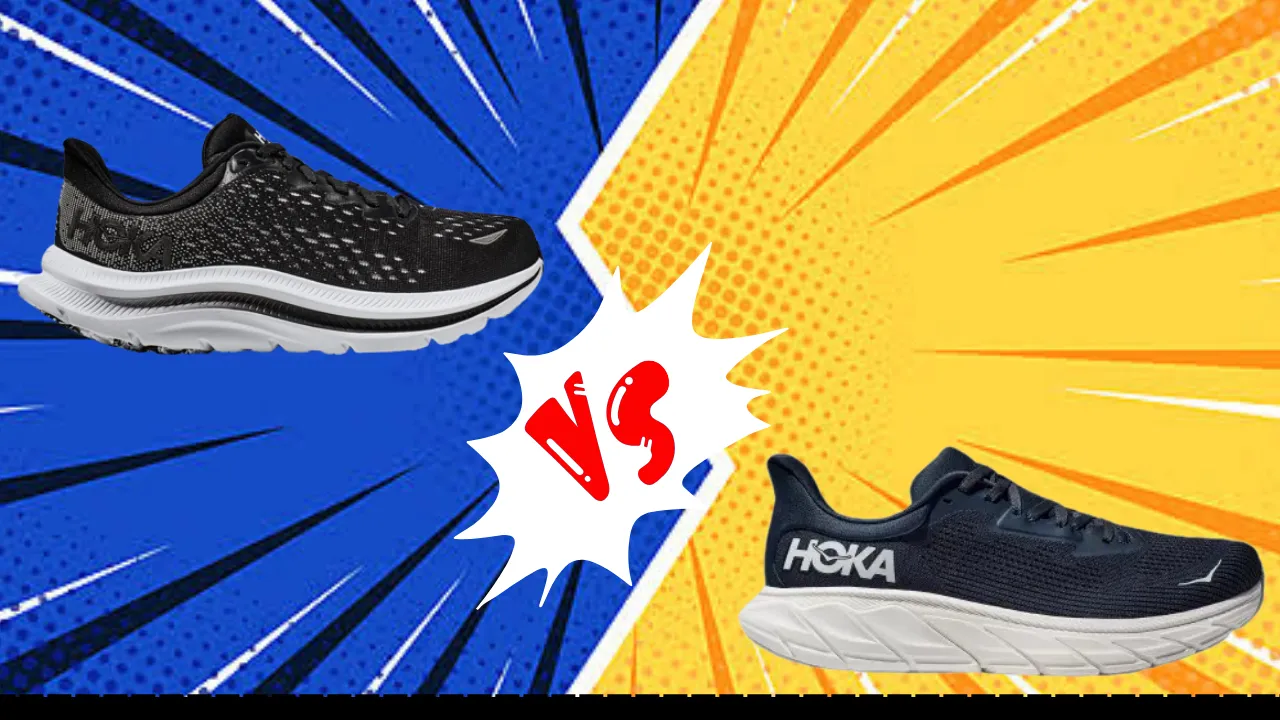The Hoka Kawana and Arahi 7 are both cushioned running shoes from Hoka One One aimed at neutral runners. The Kawana is more versatile for both gym and running, while the Arahi 7 focuses on providing a stable yet responsive ride for overpronators.
This comparison looks at the key features of each shoe to help you decide which model best fits your running and training needs. With insight into sizing, weight, technologies and real-world performance, you’ll know whether the flexible Kawana or stable Arahi 7 is the right shoe for you.
Similarities And Differences Between Kawana And Arahi 7
| Feature | Hoka Kawana | Hoka Arahi 7 |
|---|---|---|
| Launched In | 2022 | 2024 |
| Stability | Moderate | Good stability features for overpronators |
| Flexibility | Moderate | Moderate |
| Sizing | True to size | Runs small, size up 0.5 |
| Weight | 10.3 oz (men’s), 8.8 oz (women’s) | 9.5 oz (men’s), 8.7 oz (women’s) |
| Cushion | High cushioning | Moderate cushioning |
| Outsole | Zonal rubber | Durable zonal rubber in high-wear areas |
| Midsole | J-Frame | CMEVA + J-Frame foam |
| Upper | Mesh | Mesh |
| Retail Price | $140 | $145 |
Features Comparison
Materials
The Kawana uses a breathable mesh upper to allow airflow to your feet. The midsole utilizes Hoka’s signature J-Frame technology for responsiveness, and the outsole has zonal rubber placement in high-wear areas.
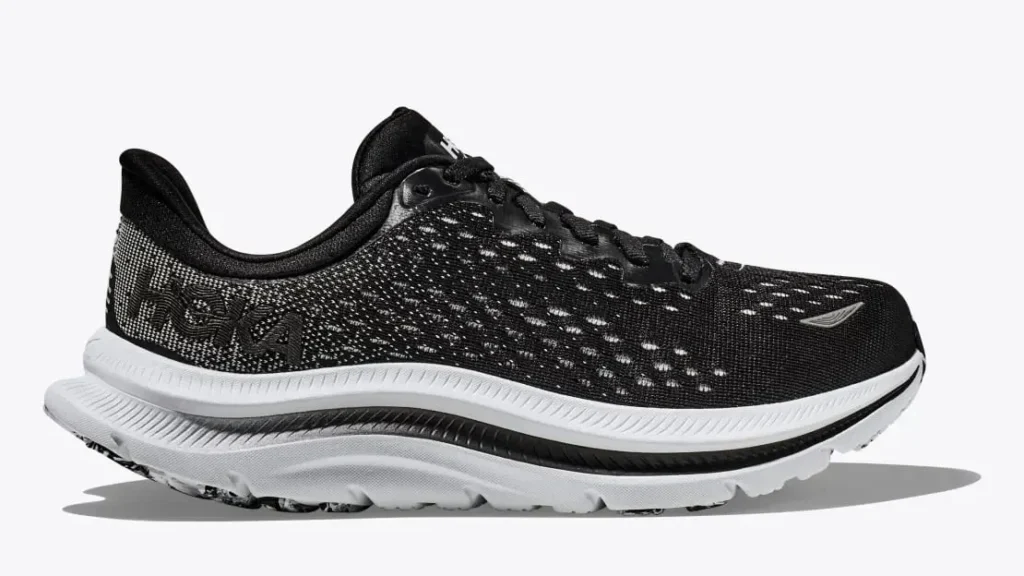
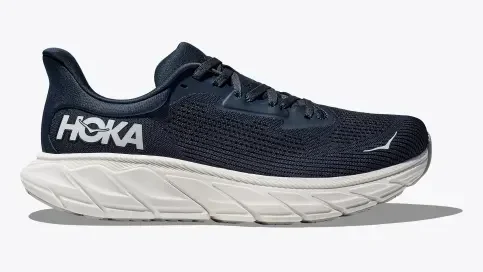
In contrast, the Arahi 7 uses a layered mesh upper for a secure fit. The midsole combines CMEVA foam and J-Frame materials for soft yet responsive cushioning. The outsole rubber extends over more surface area than the Kawana for enhanced durability.
Durability
The strategically placed rubber on the Kawana’s outsole helps promote durability in key zones, but testers found the foam cushioning lost some responsiveness over time. Meanwhile, the Arahi 7 is designed for longevity, with rubber extending across the entire outsole and a robust foam midsole that maintains cushioning. The Arahi 7 wins for long-term durability.
Fit
The Kawana runs true to size but has a slightly snug fit in the forefoot. The mesh upper adapts well to the foot. In contrast, the Arahi 7 runs small by about 0.5 sizes. The layered mesh upper securely locks the foot in place. For the best fit, size up in the Arahi 7 but order your regular size in the Kawana.
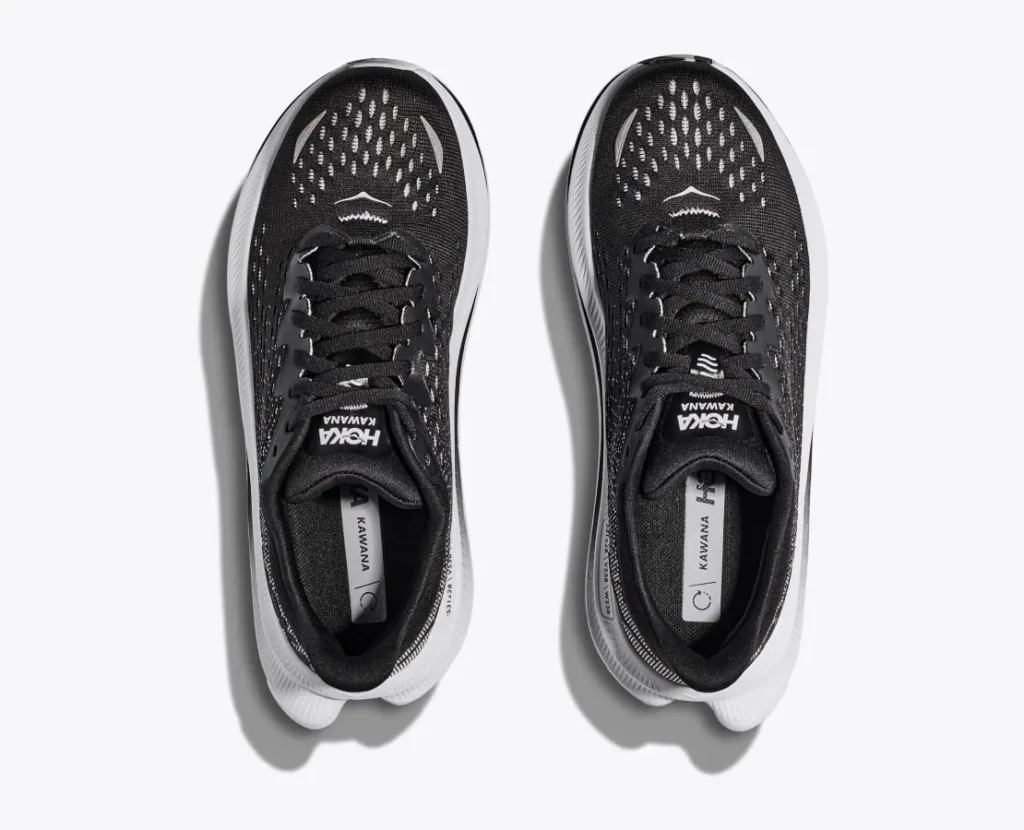
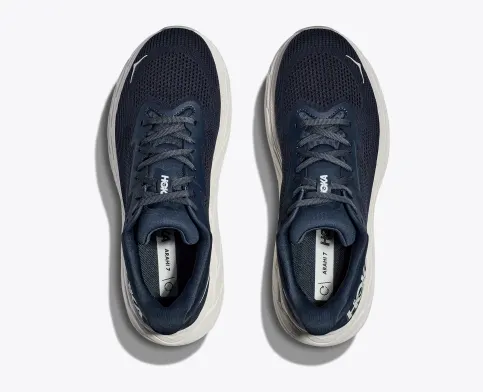
Stability
While the Kawana provides moderate pronation support, the Arahi 7 is better equipped for overpronators with its extended J-Frame and guiding eyestays.
The Arahi 7 has enhanced medial support and is best for runners who need help correcting excessive inward foot rolling.
Cushioning
With its thick foam midsole, the Kawana has plusher, softer cushioning than the Arahi 7. Its high level of cushioning absorbs impact well.
The Arahi 7 offers a firmer ride with more ground feel and responsiveness, courtesy of its dual-density midsole foam. Cushion-seeking runners will prefer the Kawana.
Value
Both models retail for $140-$145, making them moderately priced shoes. For stability-focused runners, the Arahi 7 provides great value with its durable build and pronation-correcting features.
However, the Kawana is a better value for runners and gym-goers looking for an ultra-cushioned, versatile shoe at this price point.
Performance Comparison
Walking
The Kawana’s plush cushioning absorbs shock effectively during walking while providing a smooth, enjoyable ride.
The Arahi 7 also performs well for walking, though its firm ride doesn’t dampen impact quite as much. Overall, most walkers will appreciate the Kawana’s softer feel.
Running
The Arahi 7 excels during running, providing a responsive, stable ride that corrects overpronation. Testers noted the firm cushioning provides a propulsive toe-off.
Meanwhile, the Kawana has responsive cushioning but lacks targeted stability features. It works best for neutral runners logging short to mid-distance runs.
Plantar Fasciitis
The Kawana works well to relieve plantar fasciitis pain thanks to its thick, shock-absorbing cushioning.
The Arahi 7 can also alleviate heel and arch discomfort, though its firm ride may irritate some wearers. The Kawana’s plush cushioning gives it the advantage for plantar fasciitis.
All-Day Wear
The Arahi 7 offers greater comfort and support for all-day standing and walking compared to the Kawana. Testers noted less foot fatigue in the stable Arahi 7. However, the Kawana is still suitable for extended wear. Overall, the Arahi 7 is the smarter pick for all-day use.
Final Verdict:
For runners who overpronate or have moderate stability needs, the Hoka Arahi 7 is the clear choice. Its targeted support features help correct excessive inward rolling for an efficient, propulsive ride. It also offers superior durability and all-day comfort.
However, the Hoka Kawana is ideal for neutral runners and gym-goers seeking a versatile, ultra-cushioned trainer. Its soft, plush ride absorbs impact during any activity. While not excelling at any one sport, it works well for running, walking and training.
So consider your needs – if you crave stability for overpronation, go with the Arahi 7. But if you prioritize versatility, cushioning and shock absorption, the Kawana is a great option. Both are quality shoes, but the right choice depends on your foot type and priorities.

